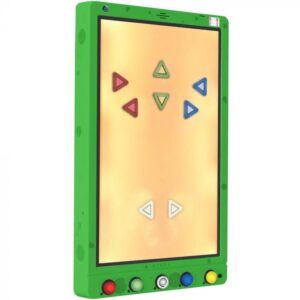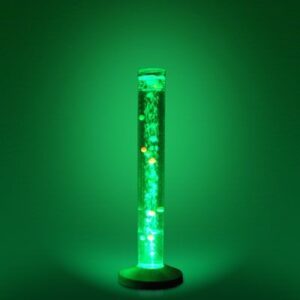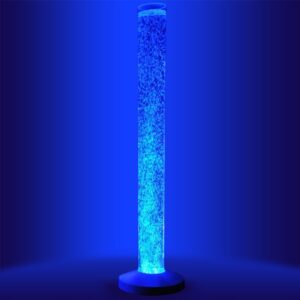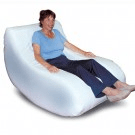Recognition room
The cognitive room is part of daily development work, developing various cognitive skills.
The idea of the knowledge room comes from 1970. From Dutch psychologist Ad Verteual, who originally tested it with autistic children.
The sensory room helps increase concentration, awareness of the surrounding world, and persistence. For autistic and autoaggressive people, the sensory room has a relaxing and calming effect. It offers a visual, auditory and tactile experience for people with sensory impairments.
In the beginning, a person’s actions take place in the sensory room by trial and error in order to determine the activities that are suitable for him. The tools can be used in many ways and combined with each other. It is important that there is no overstimulation (e.g. colored moving light can trigger an epileptic seizure or music that is not suitable for a person on the autism spectrum can make him lose his temper). In Europe, it is quite common for sensory rooms to be found in rehabilitation departments of hospitals, schools, health facilities, nursing homes, etc.
Showing 61–120 of 137 results



























































